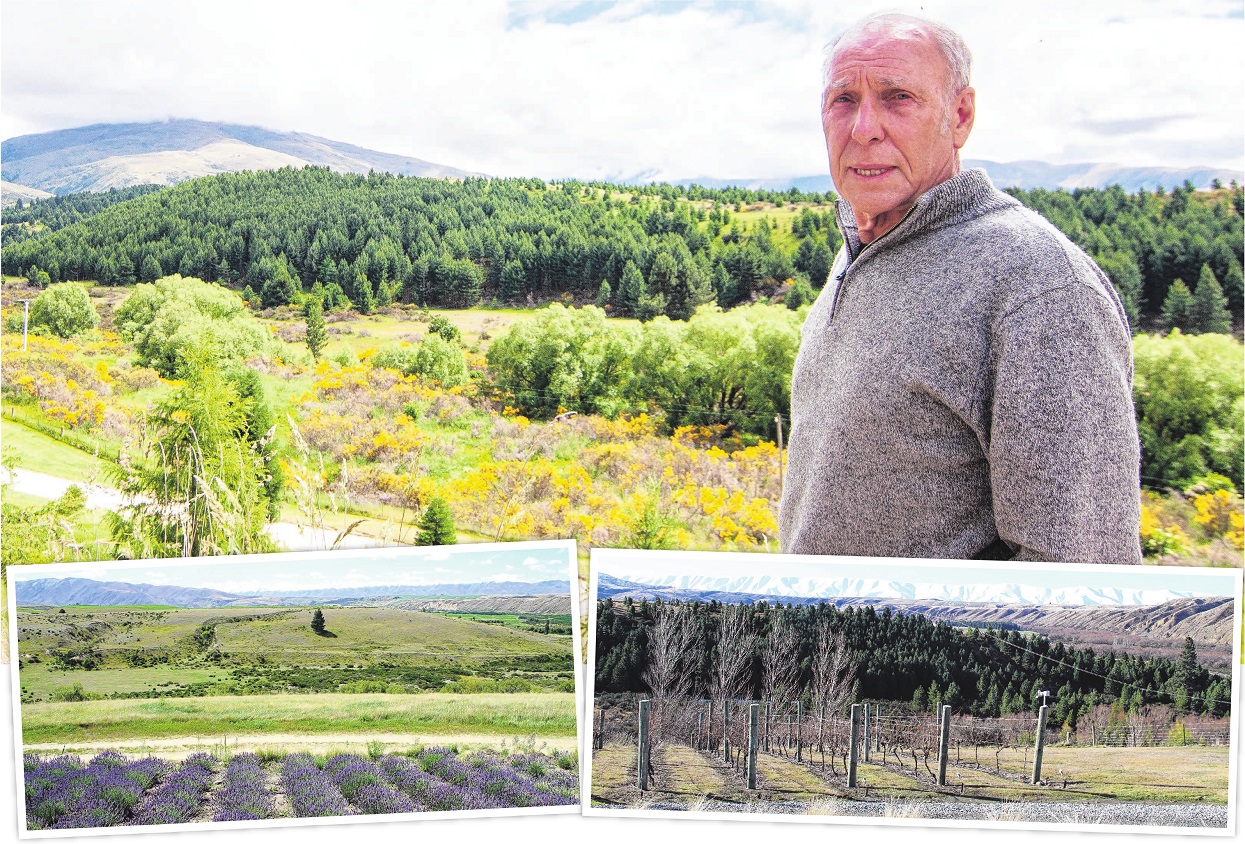Artist Sir Grahame Sydney and actor Sir Sam Neill have added their weight against Lammermoor Station’s proposal to plant 60,000 pine trees on the property.
Farm owners John and Susie Elliott have applied to the Central Otago District Council for resource consent to plant up to 66ha of trees for carbon sequestration and registration with the emissions trading scheme (ETS).
Across the 66ha, the proposal involves planting around 40,000 pinus radiata attenuata hybrid and 20,000 pinus ponderosa.
The station, located in the Paerau Valley and up through the hills to the Loganburn Reservoir, is more than 5200ha in size, so the 60,000 trees on 66ha would only cover a small fraction of the station.
Under the Central Otago district plan, the site was located within the rural resource area.
In the application, the terms of effects on the environment were said to be largely limited to wilding spread, landscape effects and ecological effects.
Submissions closed earlier this month with council receiving a total of 43 submissions — 38 against, two in support and three neutral.
Sir Grahame said he "vehemently" opposed the granting of the consent and wanted to see "no further granting of exotic plantings in Central Otago."
He said the region was at a critical tipping point in the fight against wilding pines, and landowners, the council and Otago Regional Council needed to get on top of the problem before it was too late.
"What do you want Central to be? Do you want it to be a forested evergreen like so many other places in the world or emphasise its natural distinction which is bare and raw and golden and seasonal."

"One or two trees ... have resulted in that. Every one of those trees will do the same if they are not controlled and removed."
The Lammermoor proposal was in an area that came under an outstanding natural landscape designation and should be protected, he said.
"Most people understand and believe in the value of that, and we all tend to believe that designation means some form of protection from modification and change."
He believed Central Otago council’s decision to grant consent in 2012 and 2013 for the planting of pine trees on the station without public notification set a precedent and was "apallingly bad".
"The Lammermoor Station owners are understandably following up and so will other landowners if there is still incentives to earn money from putting in pines.
"But it should never have been set as a precedent — it should be respected as, ‘no, this is outstanding natural landscape, it’s supposed to be preserved and defended and not modified in ways like this, we won’t even entertain it’," he said.
"I think that if we’re going to preserve the special unique nature of Central’s landscape then things like this have to be rigidly applied and there should be no exceptions."
Sir Sam joined other submitters in providing a statement prepared by the Central Otago Wilding Conifer Control Group.
He was concerned mitigation efforts to prevent the spread of the pines would be insufficient and said pine trees were "New Zealand’s worst weed ever."









